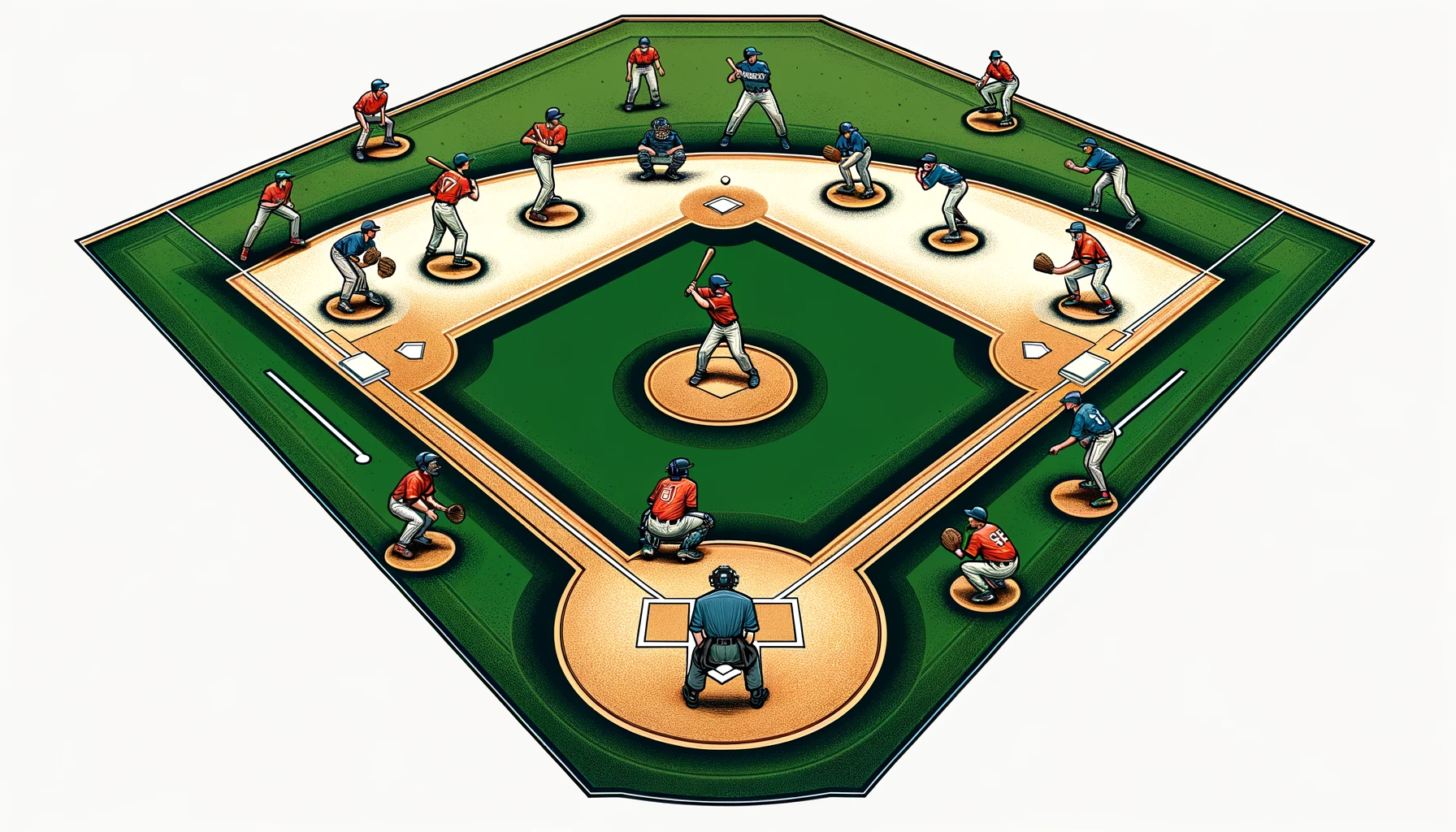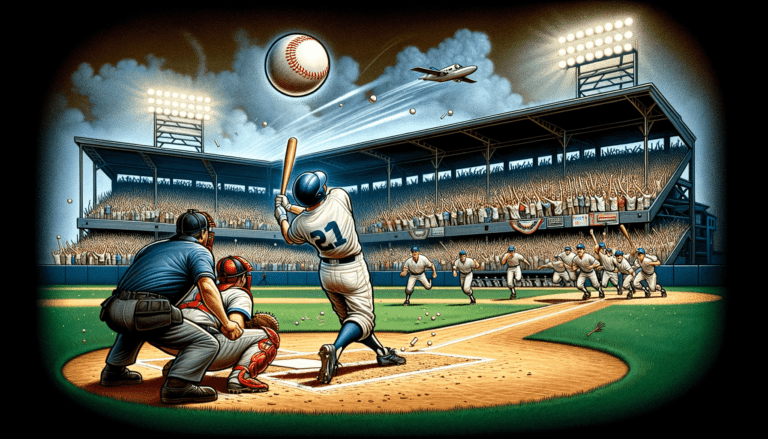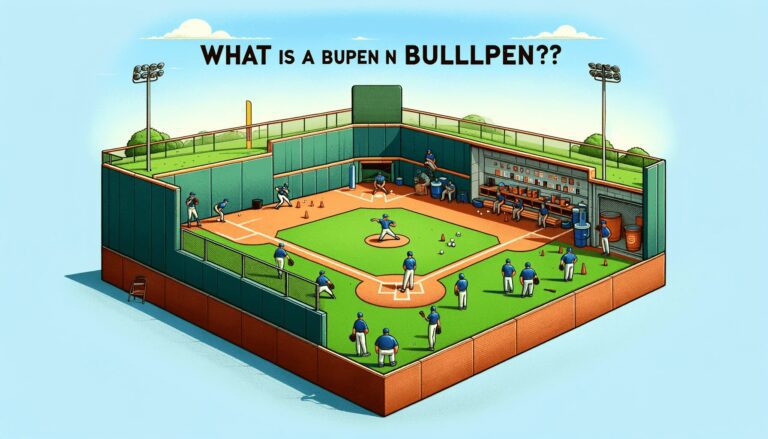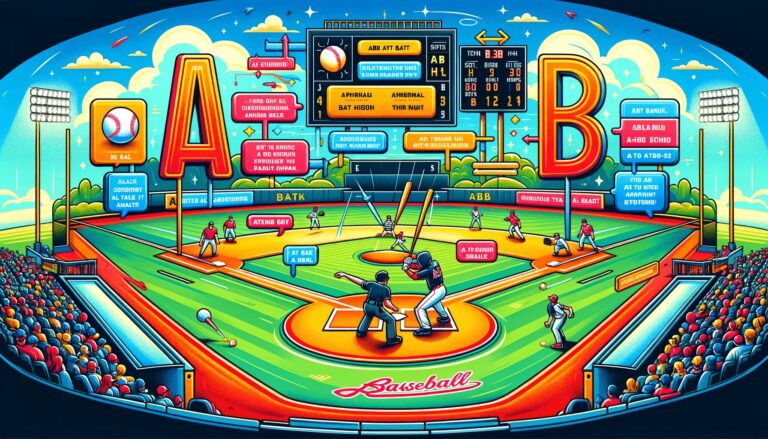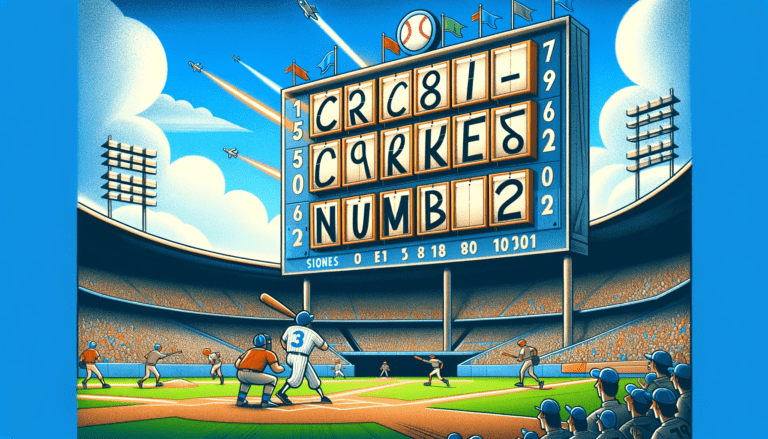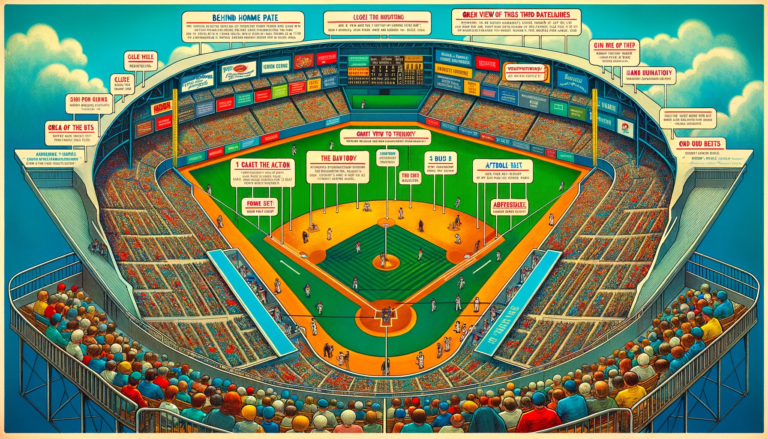How Many Players are on the Field in Baseball?
In a standard baseball game, there are exactly nine players from each team on the field at one time. This might seem straightforward, but the roles and positions of these players can be a bit confusing.
Let’s explore what each of these nine players does and why they’re essential to the game.
Whether you’re new to baseball or just looking to brush up on your knowledge, understanding player positions will make watching games much more enjoyable.
Key Takeaways
- A traditional baseball team consists of nine players on the field during play, each with a distinct position and set of responsibilities.
- The pitcher and the catcher form the battery, which is the core of the team’s defense and initiates the action in the game.
- The infield, composed of the first baseman, second baseman, third baseman, and shortstop, is crucial for fielding ground balls and executing plays.
- The outfield players, which include the left fielder, center fielder, and right fielder, are responsible for catching fly balls and preventing hits from becoming extra bases.
- Understanding the dynamics of these positions helps fans and players alike appreciate the complexity and teamwork required in baseball.
1. Pitcher

In the realm of baseball, the pitcher stands as a pivotal figure on the field. This player is tasked with initiating play by delivering the ball to the batter, aiming to prevent hits.
The pitcher’s role is multifaceted, involving a blend of power, strategy, and psychological warfare.
Key responsibilities include:
- Mastering a variety of pitches to outwit batters
- Working closely with the catcher to decide on pitch selection
- Maintaining composure and focus throughout the game
The effectiveness of a pitcher is often gauged by statistics such as earned run average (ERA), strikeouts, and wins.
It’s no surprise that in Major League Baseball, pitchers are frequently spotlighted for their contributions to the team’s success.
2. Catcher

The catcher is a pivotal player in baseball, positioned behind home plate. They are the fielding team’s strategic leader, responsible for guiding pitchers through the game and making crucial defensive plays.
Key responsibilities of the catcher include:
- Receiving pitches and preventing wild pitches or passed balls
- Throwing out base runners attempting to steal
- Fielding bunts and foul balls
- Calling pitches and setting the defensive strategy
Due to the physical and mental demands of the position, catchers must possess strong communication skills, quick reflexes, and a deep understanding of the game’s intricacies.
3. First Baseman

The first baseman is a pivotal player in the infield, often involved in a majority of plays. This position requires a player with a strong ability to catch and field throws consistently, as they are the primary target for infielders throwing out runners at first base.
Offensively, first basemen are typically known for their power hitting abilities. They often contribute significantly to a team’s run production with their capacity to hit home runs and drive in runs. Defensively, their role is crucial in preventing base hits and assisting in double plays.
A successful first baseman must possess excellent reach and footwork around the base. This allows them to stretch and cover a wide range of the infield, increasing the chances of making an out. Their skill set is rounded out by adept fielding of ground balls, which helps to shut down the opposition’s offense.
4. Second Baseman

The second baseman is a pivotal player in the infield, often involved in double plays and fielding ground balls. Positioned to the right of second base, this player must have quick reflexes and a strong arm to turn plays effectively.
Key responsibilities include:
- Covering second base on steal attempts
- Fielding ground balls and making quick throws to the first
- Collaborating with the shortstop for double plays
As part of the infielders, the second baseman forms an essential part of the team’s inner ring of defense. Their role is crucial in preventing runners from advancing and supporting the pitcher by reducing the number of batters who reach base.
5. Third Baseman

The third baseman, often referred to as the ‘hot corner’ due to the fast reaction times required, is a pivotal player in baseball’s defensive lineup.
This position demands a strong arm and quick reflexes, as third basemen frequently handle hard-hit ground balls and must make long throws across the diamond to first base.
Key responsibilities include:
- Guarding the third baseline
- Fielding bunts
- Initiating double plays
Some of the game’s biggest stars, such as Jose Ramirez and Manny Machado, have showcased their exceptional skills at third base. The position is not only about defense; it also requires players to contribute significantly to their team’s offensive power.
The future of the position looks bright, with a mix of established veterans and promising rookies ready to make their mark.
6. Shortstop

The shortstop is a pivotal player in baseball, often considered the infield general due to their dynamic role and crucial responsibilities.
Positioned between second and third base, the shortstop is tasked with a wide range of duties that require agility and quick thinking.
- They are frequently involved in fielding ground balls, requiring them to have excellent reflexes and a strong arm to make quick throws to first base.
- Catching line drives is another key aspect of their position, demanding a keen eye and fast reaction times.
- The shortstop also plays a significant role in double plays, often serving as the relay point between the second baseman and the first baseman.
This position demands a player who is not only skilled in fielding but also possesses a deep understanding of the game to make split-second decisions that can change the outcome of an inning.
7. Left Fielder

The Left Fielder (LF) is one of the three outfield positions in baseball, flanking the Center Fielder to the left from the perspective of the batter.
This player covers a significant portion of the outfield grass and is crucial for catching fly balls, line drives, and fielding hits that make it past the infield.
Responsibilities of the Left Fielder include:
- Playing deep to prevent extra-base hits
- Backing up third base on plays to the infield
- Working in tandem with the Center Fielder to cover the outfield
The Left Fielder must also have a strong arm to throw out runners attempting to advance to second or third base.
Speed and quick reflexes are essential, as the Left Fielder often has to run down balls hit into the gap between left and center field.
8. Center Fielder
The center fielder is a pivotal player in the defensive lineup, often considered the captain of the outfield. They are tasked with covering a vast area of the field, requiring both speed and a strong arm to field balls hit deep into the outfield.
Key responsibilities include:
- Communicating with the left and right fielders to ensure proper coverage
- Backing up second and third base on throws from the outfield
- Being the last line of defense to prevent extra-base hits
The center fielder must also have a keen sense of judgment to make split-second decisions on whether to attempt a catch or play the ball on a bounce. This position demands a player with excellent athletic ability and strategic awareness.
9. Right Fielder

The right fielder holds a critical defensive position in the outfield. They are often tasked with catching fly balls and making long throws to the infield, particularly to third base or home plate to prevent runners from advancing or scoring.
Key responsibilities of the right fielder include:
- Fielding balls hit into right field
- Backing up first base on ground balls hit to the infield
- Communicating with the center fielder on balls hit between them
Right fielders must possess a strong arm and good accuracy to make effective throws. They also need to have quick reflexes and the ability to read the trajectory of batted balls to position themselves correctly.
The synergy between the right fielder and the rest of the team is essential for a strong defensive strategy.
Read Also: How Many Innings in College Baseball
Conclusion
In summary, there are nine players from each team on the field during a baseball game. Each player has a specific role and position that is crucial for the team’s defense.
Knowing this helps fans understand the game better and appreciate the strategy involved in each play.
Whether you’re a seasoned fan or just getting into baseball, keeping track of the players and their positions can enhance your viewing experience.
Frequently Asked Questions
How many players are on a baseball team?
A standard baseball team roster consists of 26 players. However, only 9 players take the field during play.
Can a baseball team play with fewer than 9 players on the field?
No, teams must have 9 players on the field to play an official game. Playing with fewer than 9 players would result in a forfeit.
What are the positions of the players on the field?
The positions include pitcher, catcher, first baseman, second baseman, third baseman, shortstop, left fielder, center fielder, and right fielder.
Is the designated hitter considered a player on the field?
No, the designated hitter (DH) is a batting position used in some leagues that does not take the field defensively.
Can players switch positions during the game?
Yes, players can switch positions during the game, but it must be recorded and the umpire must be notified.
What happens if a player gets injured during the game?
If a player gets injured, a substitute from the bench can take their place. If no substitutes are available, the team may have to forfeit if they cannot field nine players.

